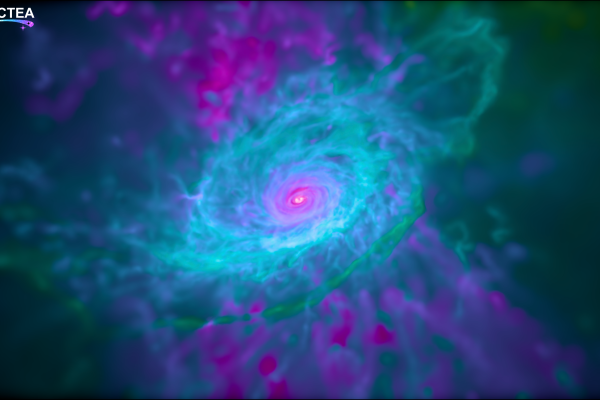Astronomers from the Sloan Digital Sky Survey have used 140,000 distant quasars to measure the expansion rate of the Universe when it was only one-quarter of its present age (now, the Universe is 13 billion years old). This is the best measurement yet of the expansion rate at any epoch in the last 13 billion years. Andreu Font Ribera, who holds a PhD from UB and researches at the Lawrence Berkeley National Laboratory (LBNL, United States), and Jordi Miralda, ICREA researcher from the Institute of Cosmos Sciences of UB (ICCUB), have participated in the study. Measuring the expansion rate of the Universe over its entire history is key to determine the nature of the dark energy that is responsible for causing this expansion rate to increase during the past six billion years.
The Baryon Oscillation Spectroscopic Survey (BOSS), the largest component of the third Sloan Digital Sky Survey (SDSS-III), pioneered the technique of measuring the structure of the young Universe by using quasars to map the distribution of intergalactic hydrogen gas. New BOSS observations of this structure were presented at the April 2014 meeting of the American Physical Society in Savannah (United States).
The Baryon Oscillation Spectroscopic Survey (BOSS), the largest component of the third Sloan Digital Sky Survey (SDSS-III), pioneered the technique of measuring the structure of the young Universe by using quasars to map the distribution of intergalactic hydrogen gas. New BOSS observations of this structure were presented at the April 2014 meeting of the American Physical Society in Savannah (United States).



